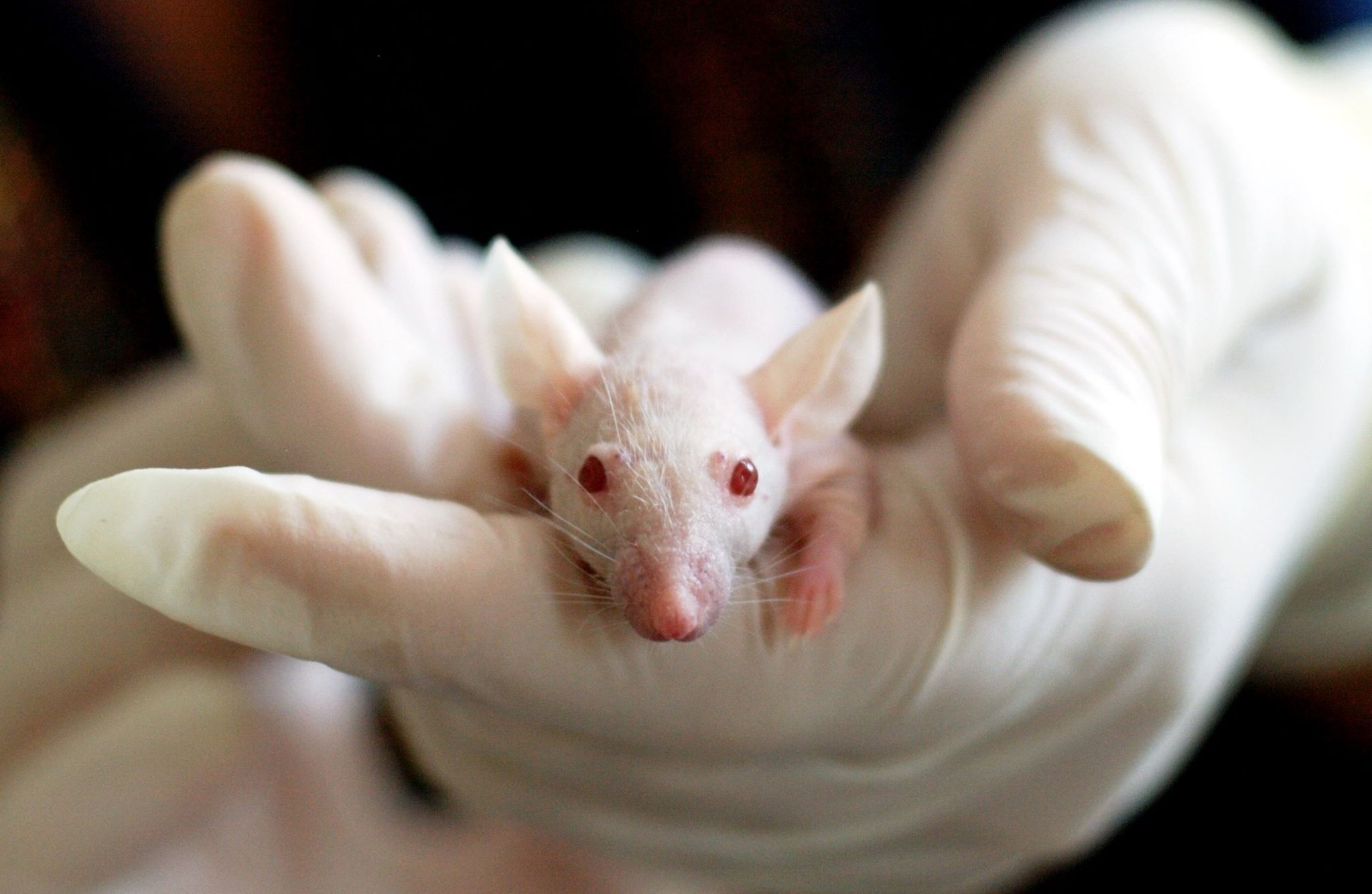Animal Use Medical Screening (AUMS)

Updated January 16, 2025
University of Washington personnel who work in an animal care and use environment are required to complete an initial animal use medical screening prior to starting work to address potential health risks related to animal research.
Steps to complete an Animal Use Medical Screening (AUMS) form
- Complete and submit a confidential online AUMS form (a UW NetID is required).
- Follow the instructions in the AUMS User Guide and the tips (below) to complete and submit the form
After submitting an AUMS form
An Environmental Health & Safety (EH&S) occupational health nurse will review your form. You may be required to speak with a nurse before you are cleared (allowed) to work in an animal care and use environment.
- If a nurse needs to speak with you, you will receive an email asking you to call the UW Employee Health Center.
- If a nurse does not need to speak with you, you’ll receive an email stating you are cleared to work in an animal care and use environment.
The clearance letter will be sent via email from the EH&S occupational health nurse. This email will include a link to the electronic system where you can access the clearance letter.
After you are cleared, the electronic system notifies the University’s Office of Animal Welfare that you are cleared to work in an work in an animal care and use environment.
Renew your clearance
To renew, submit an AUMS form two to six months before the renewal or “recall” date.
How often you are required to renew your clearance depends on occupational and individual factors. Refer to the UW Policy Regarding Health Screenings for Personnel in Animal Use and Care Environments for more information.
Tips for completing the AUMS form
- Check that your phone and email address are current.
- Your UW email address must be in the “@uw.edu” format.
The AUMS program can help you reduce the risk of developing lab animal allergies and prevent existing allergies from worsening.
- If you have allergies, check the box next to “I have known allergies (animals or other).”
- List your allergies, along with the severity and treatment (if any) in the “Please specify” text box.
- Read the Laboratory Animal Allergies Focus Sheet to learn more about animal allergens and find out if you are at risk for developing allergies.
Personnel working in animal use environments are at risk of exposure to the bacterium that causes Tetanus, a serious medical illness. The disease is preventable by vaccination with the tetanus vaccine, which is recommended for all adults every 10 years. Providing the date of your most recent tetanus immunization booster is an important part of the AUMS process.
If you don’t know the date of your last tetanus vaccination, check with your healthcare provider or pharmacist. Some primary care patient portals list immunizations.
Personnel who are immune-compromised or who have other major health conditions should note these on the AUMS form so the nurse can discuss any occupational health concerns.
FAQs
All UW employees, students, and visitors in an animal care and use environment must complete at least one Animal Use Medical Screening (AUMS). If you have not completed at least one AUMS, you may not sign the declination.
At a future review period, you may fill out an application stating that you decline to participate. Not being screened could lead to unforeseen medical concerns. If you change your mind, you may fill out another application.
If you are a non-UW visitor needing animal access, you will need to complete a paper AUMS form.
Please reach out to your UW sponsor, who can assist by contacting the UW Employee Health Center to obtain the form. Once you have completed the form, the UW Employee Health Center will review it and enter your information into the database.
Lab animal allergies
Allergies are the body’s immune response from exposure to proteins called allergens. In animal care and use environments, allergen sources can include dander, fur, scales, urine, feces, and saliva from animals. About one-third of animal handlers have allergic symptoms; about 10 percent of those with symptoms develop animal-induced asthma.
A goal of the Animal Use Medical Screening is to identify and reduce the risk of developing allergies to lab animals and help prevent existing allergies from worsening. An occupational health nurse discusses your individual risk and methods for reducing exposure to animal allergens as part of the medical screening process. If there is a need for a worksite evaluation or medical follow up, we will refer you to appropriate resources.
Environmental Health & Safety encourages reducing exposure to animal allergens through increasing awareness, implementing workplace controls, modifying work practices, and utilizing personal protective equipment (PPE). Please refer to the Laboratory Animal Allergies Focus Sheet for more information.
More Information
Follow the recommendations provided by the occupational health nurse, and adhere to workplace safety practices and procedures to help reduce your exposure to animal allergens.
Complete training requirements for UW personnel who work with animals.
Review hazard information for the species you will be working with that may include:
Contact the UW Employee Health Center if you have any concerns or changes in your health so proactive measures can be considered.
Review the information below to help ensure your safety and health while working in an animal care and use environment.
Follow the recommendations at the links below (as appropriate).
